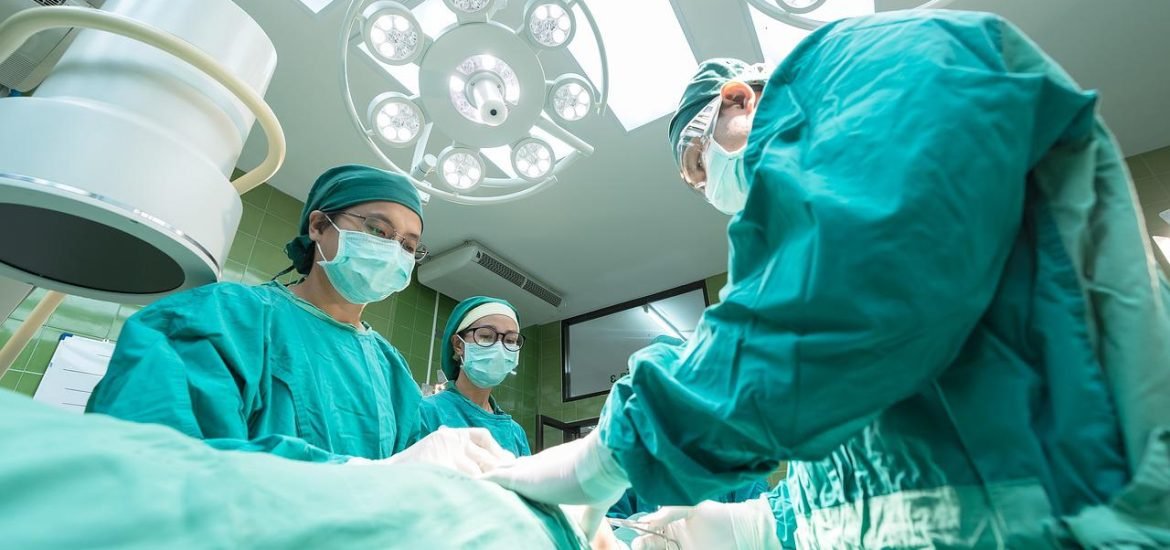
Medical technology is often developed for well-resourced healthcare systems, but a team of researchers from the University of Leeds, UK, defends that it is possible to build low-cost equipment that is easy to use and can help 5 billion people around the world who may not have access to any other medical services.
Writing for the IEEE Journal of Translational Engineering, the researchers argue that these low-cost devices would be extremely valuable in poorer locations where hospitals don’t have the necessary infrastructure or trained staff to have expensive equipment. This way, researchers estimate that doctors in low-to-middle income countries would be able to offer surgical treatment to nine out of ten patients.
The team is calling for a focus on creating medical equipment, especially for low to middle-income countries. The idea is to get the end-users involved in the design and development process and strip back unnecessary details, keeping only the key essentials. To demonstrate this process, the team described how they designed a simplified tool to perform laparoscopic operations (keyhole surgery) in a low-resource setting. The result can now be easily transported in clinics and hospitals, allowing doctors to perform operations they couldn’t before.
“Laparoscopic surgery has benefits for patients. People recover more quickly, and the risks of cross-infection are lower. But in many parts of the world, laparoscopic techniques are not widely used because of the need to use equipment that cannot be easily maintained or relies on complex infrastructure in the operating theatre,” said Dr. Pete Culmer, Associate Professor in Healthcare Technologies at Leeds, who supervised the research. “We partnered with clinicians in India to work on developing instruments that would make the process simpler, with the aim of enabling laparoscopic surgery to be available in more locations around the world.”
During keyhole surgery, the patient’s abdomen is inflated with CO2 to create space allowing the doctor to see internal organs and manipulate instruments. Although this may seem simple, there are two challenges: maintaining a constant supply of CO2 and keeping the patient fully relaxed, which involves using a general anaesthetic given by a trained anaesthetist.
These two are often impossible to achieve in a poorer setting, so the team proposed using a cheaper option involving gas-less laparoscopy. Instead of using CO2, this method uses a mechanical clamp that can lift the abdominal wall. Not only does this method not need CO2, but the patient also doesn’t need a general anaesthetic. Patients receive a spinal anaesthesia, and there is no need for a anaesthetist to be present. This is not a new method but is not a very popular option because it’s challenging to use the clamps.
To make it easier to use, the team developed a new clamp making sure it’s fit to use in a low-resource healthcare system. After five design iterations, the device was tested in a clinical setting. It was used in 12 laparoscopic operations, including six cases to remove the gall bladder, four appendicitis, and two hysterectomies. No adverse effects were reported from using the new clamp.
“The biggest problem for rural surgeons needing to provide laparoscopic surgery is finding an anaesthesiologist and the equipment to give general anaesthesia. This device makes laparoscopic surgery possible, with lower costs and easily available resources like spinal anaesthesia,” said Dr. Jesudian Gnanaraj, a surgeon who has pioneered gasless laparoscopic surgery and worked extensively in parts of rural India. “Providing laparoscopic surgery can help rural patients get back to work as soon as possible. This is vital because the longer they take to recover, the higher the chance of them falling below the poverty line.”
The new device meets the four key principles (the four As) from the WHO for designing and developing medical technology for low-income devices: it’s affordable, accessible, available, and appropriate.
M. Marriott Webb et al. (2022) The RAIS device for global surgery: using a Participatory Design approach to navigate the translational pathway to clinical use. IEEE Journal of Translational Engineering in Health and Medicine, doi: 10.1109/JTEHM.2022.3177313.